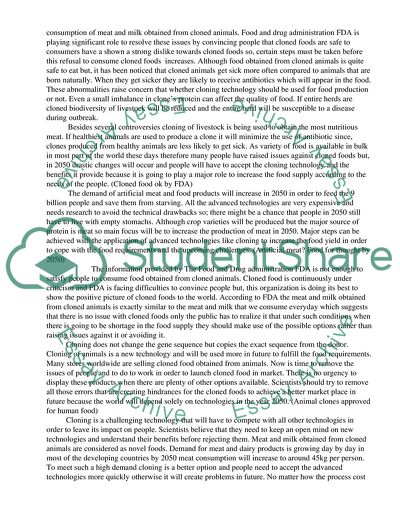Cite this document
(The State of Cloned Animals Food in 2050 Coursework, n.d.)
The State of Cloned Animals Food in 2050 Coursework. https://studentshare.org/biology/1762428-the-state-of-cloned-animals-food-in-2050
The State of Cloned Animals Food in 2050 Coursework. https://studentshare.org/biology/1762428-the-state-of-cloned-animals-food-in-2050
(The State of Cloned Animals Food in 2050 Coursework)
The State of Cloned Animals Food in 2050 Coursework. https://studentshare.org/biology/1762428-the-state-of-cloned-animals-food-in-2050.
The State of Cloned Animals Food in 2050 Coursework. https://studentshare.org/biology/1762428-the-state-of-cloned-animals-food-in-2050.
“The State of Cloned Animals Food in 2050 Coursework”. https://studentshare.org/biology/1762428-the-state-of-cloned-animals-food-in-2050.


